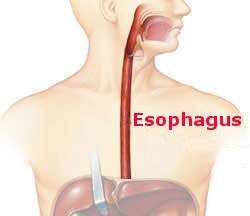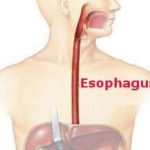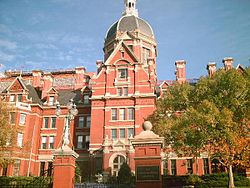
A challenge for surgeons.
The esophagus starts in the neck, traverses the chest, and ends in the abdomen where it enters the stomach. Surgeons may need to enter up to all three anatomic areas to perform an adequate cancer operation. In addition, the esophagus is in close proximity to the heart, lungs and aorta (the large blood vessel carrying blood directly from the heart). Considering these surgical challenges it is not surprising that operations to remove portions of the esophagus began relatively recently and progressed tentatively.
The first operations to remove any part of the esophagus were performed in animals. This effort in the late 19th century was led by the famous Austrian surgeon Billroth. He and his team resected short lengths of the esophagus in the neck and sutured the two ends back together, establishing the possibility of an esophagectomy, removal of part of this organ. His trainees Czerny, in 1886, and von Mikulicz, in 1896, were the first to try this technique in patients. Both patients survived the operation but one had to subsist on feedings through a tube in the stomach. For the second patient the surgeon constructed a skin tube to connect the two ends of the remaining esophagus. The surgical train had left the station.
No one yet dared to enter the chest until 1902 when two Parisian surgeons on the same day opened the chests of their patients to remove a cancerous portion of the esophagus. Neither patient survived longer than a day but an important precedent had been set and the ultimate challenge identified. Most esophageal cancers are in the chest so if thoracic surgeons were to make a difference they had to find a way to perform successful intrathoracic esophagectomies.
Think about joining my list


